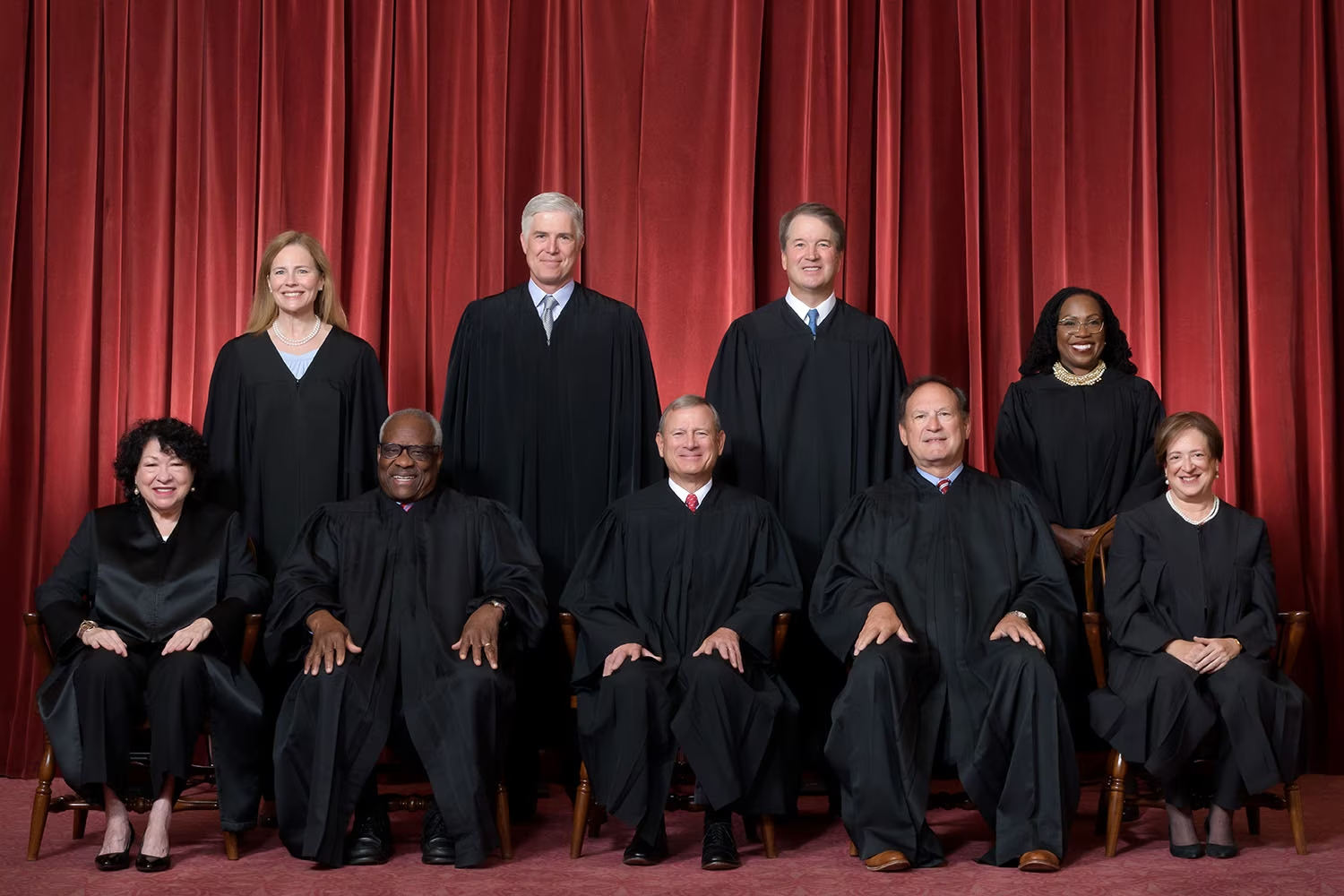A recent Supreme Court decision that substantially narrowed the Environmental Protection Agency’s authority to regulate millions of acres of wetlands is expected to open more land for development.
More than half of the nation’s wetlands could lose protection under the Clean Water Act, according to environmentalists and legal analysts. This concerns water quality advocates who fear the ruling will lead to degraded water supplies.
From a developer’s perspective, projects will have fewer regulatory hurdles to overcome, making them faster to move from conception to construction. This could make new housing developments more financially viable during a time of acute housing shortages in many areas of the U.S., they point out.
The case, Sackett v. Environmental Protection Agency, involved an Idaho couple who tried to build a house on property they’d purchased. The couple filled a soggy part of the property with sand and gravel to prepare for construction. The EPA ordered them to halt construction and return the property to its original state. The couple then sued the agency.
Related Stories
Codes and Standards | Jun 30, 2021
New resource for public sector organizations to develop energy data management program
Dept. of Energy document contains more than 30 examples of successful implementations.
Codes and Standards | Jun 29, 2021
Biden China policy may spur more increased U.S. PV manufacturing capacity
Senate bill proposes advanced solar manufacturing production credit.
Codes and Standards | Jun 28, 2021
Local and state building energy performance standards aim to curb climate change
Owners must up the ante on operations and retrofits.
Codes and Standards | Jun 24, 2021
Biden Administration will restore ‘Waters of the U.S.’ protections ended by Trump
Early revision more likely to hold up in court, says legal expert.
Codes and Standards | Jun 23, 2021
Denver unveils renewable heating and cooling plan
City releases roadmap to decarbonizing existing homes and buildings.
Codes and Standards | Jun 22, 2021
Actually, few companies plan to significantly reduce their office footprint
CBRE survey shows that many firms will continue with hybrid work.
Codes and Standards | Jun 21, 2021
Vancouver, B.C., may delay new zero emissions building standards
Building permit delays may postpone new standards by a year.
Codes and Standards | Jun 17, 2021
Buffalo’s parking reform having noticeable impact on development
Elimination of mandatory parking allotments encourages new projects.
Codes and Standards | Jun 16, 2021
Inconsistent building codes make some states more vulnerable to hurricanes
Florida takes top spot for strongest building code in latest IBHS survey.
Codes and Standards | Jun 15, 2021
Growing housing supply gap will worsen affordability crisis
Supply projected to fall 4.5 million units short in 2022.

















